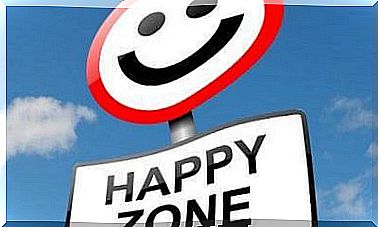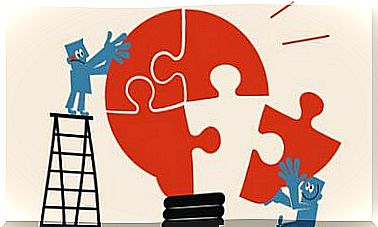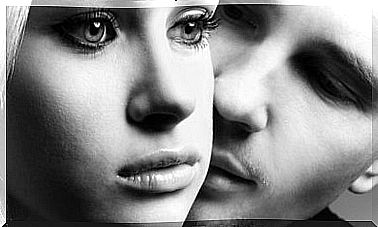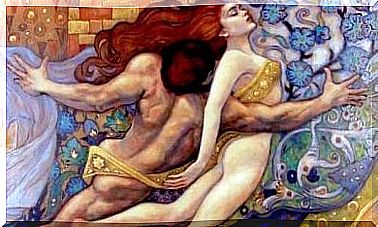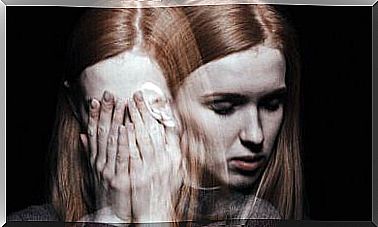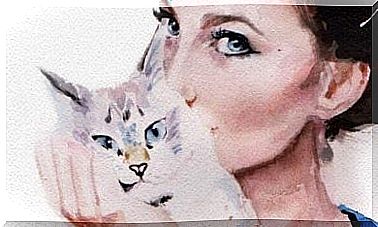Do You Know Hypersomnia? We Explain Your Symptoms And Treatment
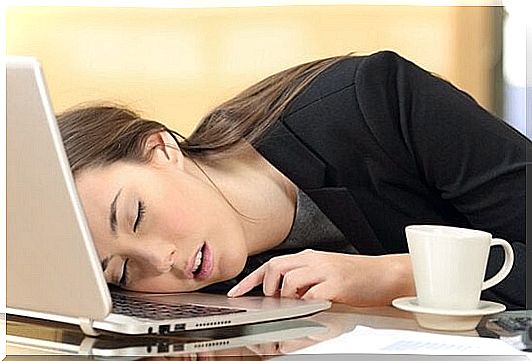
Surely you’ve never slept more than you should have and still woke up sleepy. It may be that in some cases he was so sleepy during the day that he could hardly stand up. It is possible that on these occasions you were hypersomniac.
Sleep disorders include 10 disorders or groups of disorders. Among them we find insomnia, hypersomnia, narcolepsy, sleep disorders related to breathing, sleep-wake heart rhythm disorders and restless legs syndrome, among others.
In this article, we’ll talk about one of them: hypersomnia. Roughly speaking, hypersomnia means too much sleep or too much sleep. Hypersomnia sufferers do not feel rested and are excessively sleepy.
What are the characteristics of hypersomnia?
Hypersomnia is a broad diagnostic term. It includes symptoms of excessive sleep (eg, prolonged nighttime sleep or involuntary daytime sleep), propensity to sleep during the day, and sleep inertia.
People with hypersomnia sleep quickly and have a good sleep efficiency, above 90%. They may have difficulty waking up in the morning. Sometimes they seem confused, combative, or ataxic. Ataxia refers to the lack of coordination in some parts of the body. This prolonged change in alertness in the sleep-wake transition is sometimes called sleep inertia. It can also occur after waking up from a daytime nap.
During this period, the person appears to be awake, but has reduced motor skills and behavior can be very inappropriate. Memory deficits, temporal-spatial disorientation and dizziness are also frequent.
This period can last a few minutes or even hours. The persistent need to sleep can lead to automatic behavior that the person has little or no later memory of. For example, there are people who discover that they have unconsciously driven several kilometers after starting auto-steer in the previous few minutes.
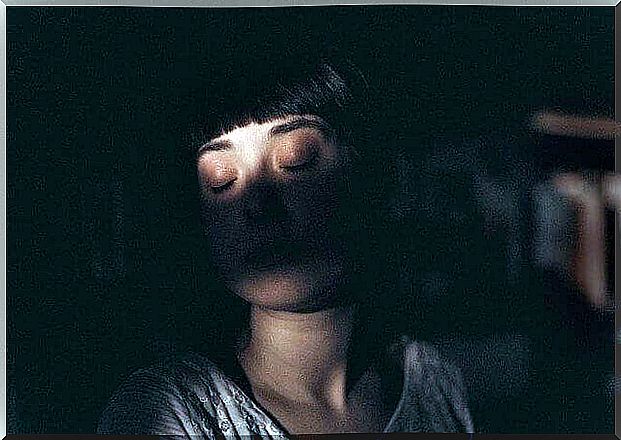
Although sleep is long, it is not restorative
For some people with hypersomnia, nighttime sleep lasts for 9 hours or more. However, sleep is usually not restful and there is difficulty waking up after these hours of sleep.
In these cases, excessive sleepiness is characterized by several involuntary daytime naps. These daytime naps tend to be relatively long (an hour or more) and do not lead to an increased sense of alertness (the person continues to feel tired).
Daytime naps occur almost every day, despite the prolonged duration of nighttime sleep. On the other hand, sleep quality may or may not be good. These people feel drowsy for a long period of time. It is different from a “sleep attack”.
Involuntary sleep episodes occur in situations of low stimulation and low activity. For example, they happen during conferences, readings, watching television or driving long distances. In the most serious cases, it can manifest itself in situations that require a great deal of attention. Examples of these situations are work, meetings or social gatherings.
What criteria are there for diagnosing a hypersomnia disorder?
According to the Diagnostic and Statistical Manual of Mental Disorders (DSM-5), the diagnostic criteria for hypersomnia disorder are as follows:
A. The individual reports excessive sleepiness (hypersomnia) despite having slept for a core period lasting at least seven hours, with one or more of the following symptoms:
- Recurrent periods of sleep or falling asleep on the same day.
- A major episode of prolonged sleep, more than nine hours a day, which is not restorative.
- Difficulty being fully awake after a sudden awakening.
B. Hypersomnia occurs at least three times a week for at least three months.
D. Hypersomnia is not better accounted for by another sleep disorder and does not occur exclusively in the course of another sleep disorder (eg, narcolepsy or a parasomnia).
E. Hypersomnia cannot be attributed to the physiological effects of a substance (eg, a drug or medication).
F. The coexistence of mental disorders does not adequately explain the presence of hypersomnia.
In addition, the DSM-5 specifies three types of hypersomnia severity:
- Mild: There is difficulty staying alert during the day, 1-2 days/week.
- Moderate: There is difficulty staying alert during the day, 3-4 days/week.
- Severe: There is difficulty staying alert during the day, 5-7 days/week.

Characteristics associated with hypersomnia that support the diagnosis
Although automatic behavior, difficulties in waking up in the morning and sleep inertia are frequent in cases of hypersomnia, these facts can also be identified in other disorders, such as narcolepsy.
Approximately 80% of people with hypersomnia report that their sleep is not restful and that they have difficulty waking up in the morning.
Sleep inertia, although less common, is very specific to hypersomnia. Short naps (less than thirty minutes) usually do not provide rest.
People with hypersomnia often look sleepy and may even sleep in the doctor’s waiting room.
A small proportion of individuals with hypersomnia have a family history of hypersomnia. In any case, they present symptoms of autonomic nervous system dysfunction, such as vascular-type headaches, peripheral vascular system reactivity (Raynaud’s syndrome) and fainting.
What is the frequency of hypersomnia disorder?
Hypersomnia is diagnosed in approximately 5-10% of people who go to sleep disorders clinics for daytime sleep problems. About 1% of the population in Europe and the United States have episodes of sleep inertia.
Hypersomnia affects men and women with a similar frequency.
Hypersomnia treatment
The treatment of this disorder can be carried out on two fronts. On the one hand, there is the pharmacological treatment. The sleep specialist can prescribe specific medications to help the patient stay awake longer.
This is preferable to drinking a lot of psychoactive substances like coffee. An excessive consumption of psychostimulants can have serious consequences for health, especially of the cardiac type.

The non-pharmacological treatment of hypersomnia fundamentally consists of modifying sleep patterns. For this, training in stimulus control is carried out in order for the person to learn to detect when their sleepiness begins. So, it’s time to do a series of exercises to help you stay alert.
Techniques that facilitate concentration are also used . In this sense, mindfulness could be indicated. Lastly, sleep hygiene techniques are very important, as they teach the patient to establish some sleep conditions that help them to rest better.
These sleep hygiene guidelines refer to both environmental factors (room temperature, lighting, etc.) and dietary factors (not eating certain foods before bed), and other types of factors related to rest.
Hypersomnia is a medical or psychological condition that can be treated. If, after reading the diagnostic criteria, you believe that you may be suffering from hypersomnia, then you are advised to see a doctor. Remember that the diagnosis can only be done by a qualified professional.
References
- American Psychiatric Association (2014). DSM-5. Diagnostic and statistical manual of mental disorders. Panamerican Medical Editorial.
- Belloch, A., Sandín, B. and Ramos, F. (Eds.) (2008). Manual of Psychopathology (2 vols.), revised edition. Madrid. McGraw-Hill.

